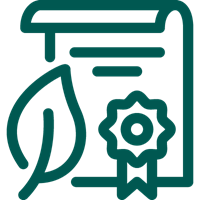Below are a few tips on getting the best out of your wildlife watching experience and how to do it responsibly:
- Maximise your chances of watching wildlife, and ensure it’s undertaken safely and responsibly.
- Choose a Wild Scotland operator or guide who is signed up to our code of conduct and will know when, where and how to watch wildlife.
- Always carry a map and a compass and know how to use them, keep next of kin informed and carry a mobile phone with extra batteries, carry shelter, food and extra clothing if forced to stay out longer than intended.
- Never get too close to wildlife. Take a pair of binoculars. You may be able to borrow a pair from your accommodation or activity provider.
- When in or on the water, take extra care not to disturb wildlife on river banks and loch shores.
- Dogs and wildlife watching rarely mix, so keep your dog under control, or leave him with a dog-sitter.
- Keep a good distance and never approach nesting birds; whilst remembering birds also nest on the ground and can be difficult to see.
- Never call out to wildlife to get their attention.
- Never approach a mother and/ or it’s young.
- Leave no trace. Don’t clear away live foliage, stones or fallen branches so you can watch wildlife.
- If you find a dead animal of any species, please don’t pick it up. Carcasses may present health risks and are best left alone. Instead, note where you saw the dead animal and contact your local NatureScot area office for advice.
- The only exception is if you find a dead bird with a ring on its leg. If you can remove this and return it to the address on the ring, so that we can build up our knowledge of the species. You should wear disposable gloves to remove the ring.
- When wildlife watching, wearing strong smelling scent is a bad idea. Many animals and birds depend on a keen sense of smell and the ‘alien’ scent of Chanel may send them quickly off in the opposite direction!
All Wild Scotland members operate in line with our Best Practice Guidelines in regards to sustainability, accessibility, community and safety.

